African Turquoise Killifish Hits the Pause Button on Aging!

When the ponds where an African fish lives dry up, its young put their lives on hold, and now researchers have an idea of how the creatures do it. African turquoise killifish embryos can arrest their development during a state of suspended activity called diapause. Now, a study shows that embryos do not actually age while in this state, genetic analyzes reveal that, in order to remain frozen in time, embryos suspend functions such as cell growth and organ development.
Knowing how killifish pause their lives could help scientists figure out how to treat aging-related diseases or learn how to preserve human organs long-term. Larvae of the nematode worm (Caenorhabditis elegans) can also arrest development and aging in the face of a lack of food or if their environment is overcrowded; however, invertebrates such as nematodes lack many of the characteristics that cause other animals to age, such as an adaptive immune system, more than 130 species of mammals, from mice to bears, also have some form of diapause.
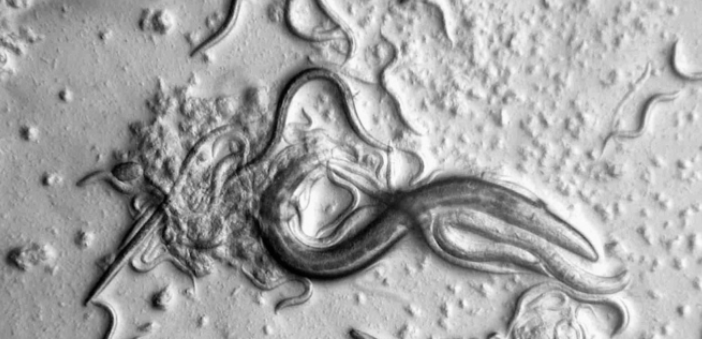
Killifish (Nothobranchius furzeri) live in ponds in Mozambique and Zimbabwe that disappear for months during the dry season, leaving the fish homeless until the rain returns. For adults that normally live only four to six months anyway, disappearing ponds pose little threat, but some killifish embryos pause in their development during the dry months until the ponds fill up again.
In the study, researchers compared killifish embryos that stopped growing with those that avoided diapause and hatched into adults. Diapause did not decrease the growth, lifespan or reproductive ability of an adult fish, a sign that the animal is not aging, even if it stopped developing for longer than its typical lifespan, the researchers found.
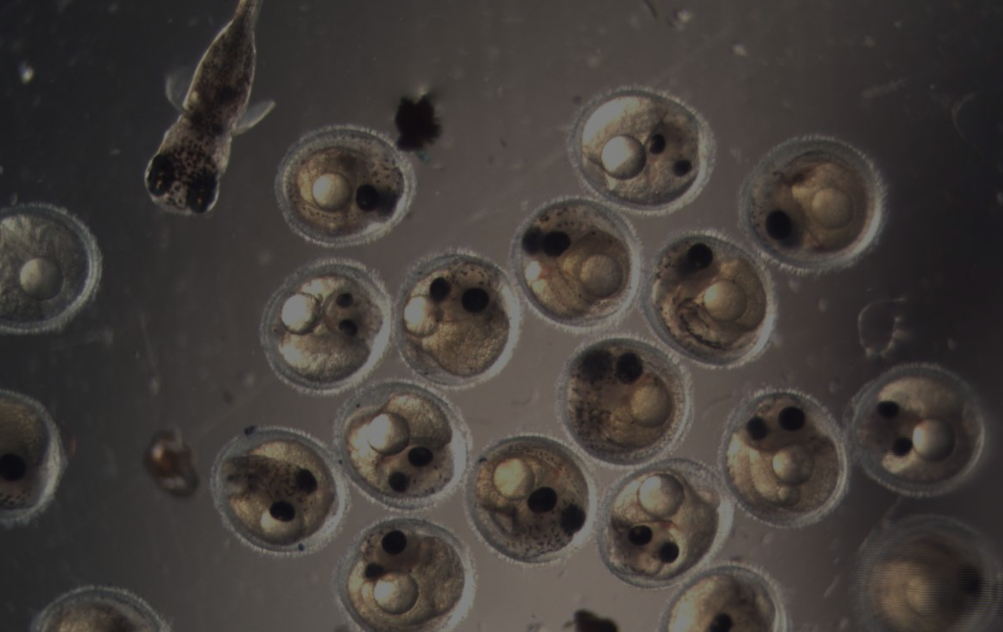
The team then analyzed the genetic model of the diapausing suspended embryos to determine which genes were active. Although the young killifish had developing muscles, hearts and brains before diapause, genes involved in organ development and cell proliferation were subsequently turned off, but other genes, such as some crucial for turning on or off other sets of genes, were turned on. One gene, the chromobox 7 gene, or CBX7, suppressed genes involved in metabolism but turned on those important for maintaining muscle and staying in diapause, the researchers found.
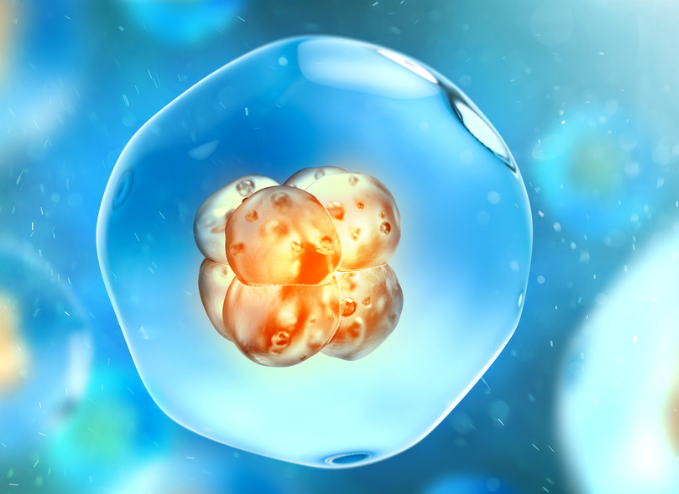
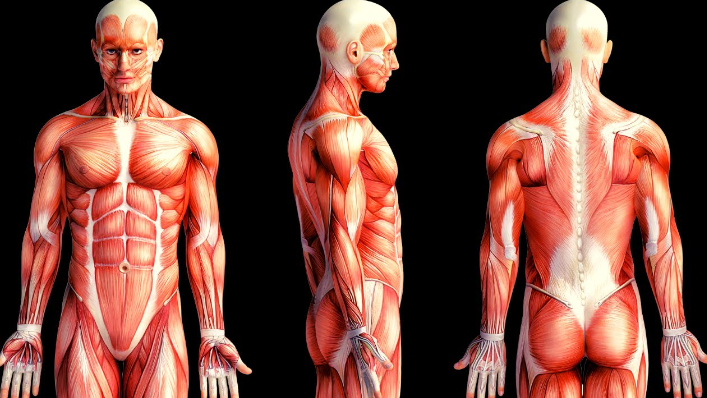
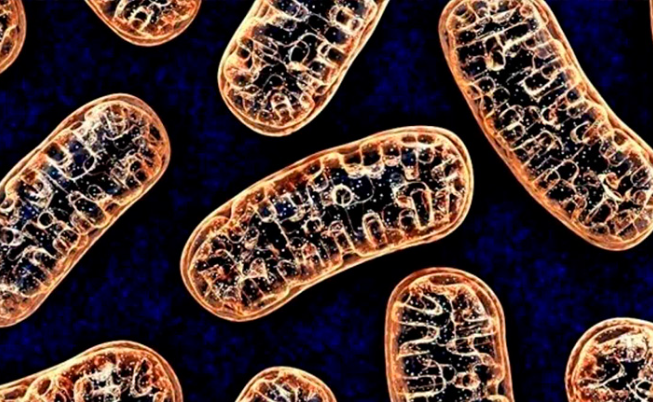

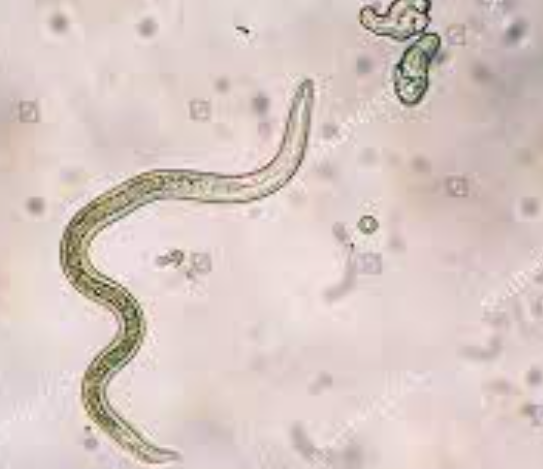
Responses